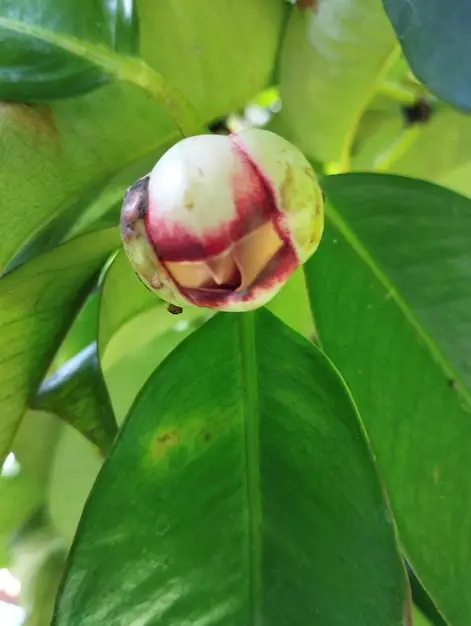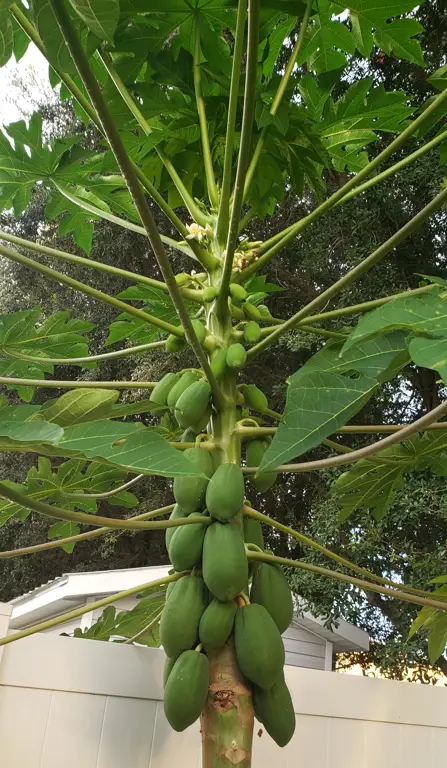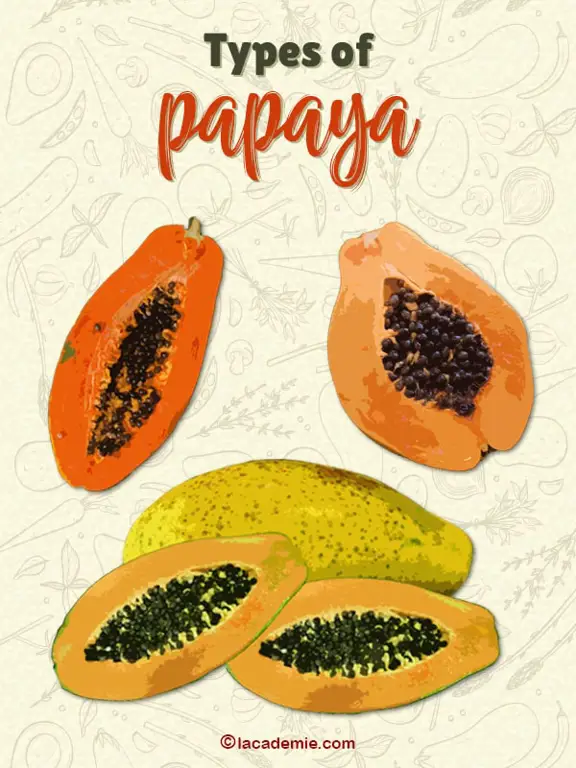Payas lelunakan, a term deeply embedded in Indonesian culture, represents a sophisticated approach to conflict resolution and negotiation. While lacking a direct English translation, its essence lies in the art of subtly calming, appeasing, or subtly influencing a situation or individual likely to cause conflict. This isn't about weakness, but a strategic approach to mediation and negotiation characterized by finesse, wisdom, and an acute understanding of cultural nuances. It is a delicate dance of communication, requiring patience, empathy, and a keen awareness of the unspoken dynamics at play.
Consider a scenario: a community facing a critical environmental challenge, with differing viewpoints on the ideal solution. Direct confrontation would likely escalate tensions and impede progress. This is where payas lelunakan excels. A skilled mediator, intimately familiar with the community's social fabric and values, uses a delicate approach to bridge divides and foster collaboration. This might involve extensive listening sessions, demonstrating empathy towards every perspective, identifying shared interests, and carefully guiding discussions toward mutually beneficial compromises. The process is less about immediate solutions and more about building consensus and fostering long-term harmony.
Within interpersonal relationships, payas lelunakan is paramount for cultivating harmony. When conflicts arise between partners, friends, or family members, the ability to de-escalate intense emotions, listen with genuine empathy, and cooperatively seek solutions becomes critical. It encourages candid and respectful communication, preventing escalation, and strengthening relationships. This requires patience, empathy, a keen eye for nonverbal cues (body language, tone), and the adaptability to adjust communication styles to suit different personalities. The goal is not simply to resolve the immediate conflict but to rebuild trust and foster a stronger bond.
In the political and business spheres, payas lelunakan holds a significant role in diplomacy and negotiation. Experienced leaders and negotiators often employ this strategy to stabilize tense situations, build consensus, and achieve mutually beneficial agreements. Their ability to analyze situations, pinpoint stakeholders' interests, and adapt their approaches to achieve desired outcomes demonstrates mastery of this nuanced art. The ability to compromise, find middle ground, and craft win-win scenarios forms the core of payas lelunakan in these contexts. This involves careful word choice, understanding unspoken dynamics, and navigating power structures with tact and diplomacy.
It's crucial to understand that payas lelunakan isn't passive acquiescence. It's a proactive approach where individuals actively manage situations to achieve desired outcomes through thoughtful and measured actions. Skilled practitioners distinguish between situations needing a gentle approach and those requiring a more assertive stance. They adapt seamlessly to evolving circumstances, choosing the most effective strategy to achieve their goals. This adaptability hinges on constant evaluation, sensitivity to subtle shifts, and a willingness to adjust strategies as needed. It requires a deep understanding of human behavior and the ability to read between the lines.
Essential elements of effective payas lelunakan:
- Keen observation: Successful practitioners possess a sharp eye for detail, understanding social dynamics and anticipating potential conflicts before they escalate into larger problems.
- Expert communication: This is fundamental. It involves active listening, demonstrating genuine empathy, and communicating clearly and persuasively, tailoring the message to the audience.
- Masterful negotiation: Frequently involving complex negotiations, the ability to pinpoint common ground, compromise effectively, and forge consensus is crucial. This includes recognizing and addressing the underlying needs and interests, not simply stated positions.
- Unwavering patience and persistence: Negotiations can be lengthy and complex, requiring unwavering commitment and a willingness to invest substantial time and effort to achieve a mutually satisfying outcome.
- Adaptability and flexibility: Situations are rarely static. The capacity to modify approaches and strategies according to evolving circumstances is crucial for success. This necessitates both intellectual agility and strong emotional intelligence.
Payas lelunakan is closely intertwined with concepts such as diplomacy, mediation, and conflict resolution, all emphasizing communication, negotiation, and compromise for peaceful and enduring solutions. Applying its principles sharpens our ability to manage complex situations and produce positive results, encouraging collaboration and minimizing adversarial interactions. It is a skill that transcends specific contexts and applies broadly to various areas of life.
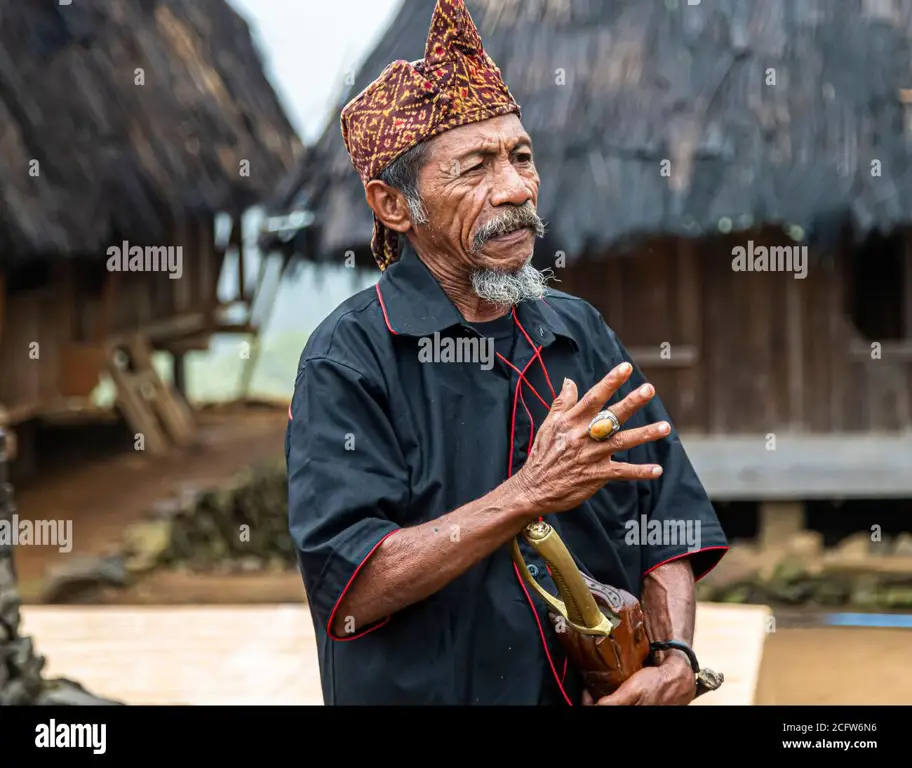
Consider a village facing water scarcity. A direct, top-down approach might encounter resistance. A skilled leader utilizing payas lelunakan would initiate open dialogues, actively listening to varied perspectives (farmers, elders, younger generations), identifying shared concerns (access to clean water), and collaboratively developing sustainable solutions. This method fosters trust, a sense of shared ownership, and enhances the chances of long-term success. It’s about building consensus, not imposing solutions.
In the business world, payas lelunakan is invaluable in various situations: contract negotiations, dispute resolution, team management, and stakeholder engagement. Leaders proficient in this approach cultivate harmonious relationships with employees, resolve conflicts constructively, and create productive work environments. They skillfully listen to employee concerns, grasp underlying needs, and create solutions benefiting both the organization and its workforce. This demands not only effective communication but also a deep understanding of organizational dynamics and power structures. It requires navigating the complexities of organizational relationships with finesse.
Within families, payas lelunakan is vital for building strong and harmonious relationships. Understanding family members' perspectives, showing empathy, and collaboratively seeking solutions prevent unnecessary conflicts and fortify family bonds. Open communication, mutual understanding, and a willingness to compromise are key. It necessitates a delicate balance between asserting personal boundaries and respecting the needs and viewpoints of others. It’s about maintaining individual integrity while prioritizing the family unit.
Delving Deeper into the Nuances of Payas Lelunakan
Mastering payas lelunakan isn't a rapid process. It demands consistent practice and a thorough understanding of social dynamics, psychology, and communication. Several techniques contribute to its effective application:
- Active listening that goes beyond words: Pay close attention not only to the spoken words but also to body language and tone, reflecting genuine interest and empathy. This demonstrates respect and encourages open communication.
- Empathetic engagement: Strive to fully understand the other party's emotional state and perspective, even if differing opinions exist. This facilitates rapport-building and trust, creating a foundation for constructive dialogue.
- Identifying shared objectives: Focus on areas of agreement and mutual interest rather than differences that fuel discord. This lays the groundwork for constructive negotiation and highlights common ground.
- Articulate clearly and respectfully: Express your message with clarity and firmness while maintaining a respectful and non-confrontational tone. This prevents defensiveness and promotes understanding, creating a safe space for dialogue.
- Calculated compromises: Be prepared to make thoughtful compromises, but avoid concessions that undermine your fundamental interests. This demonstrates goodwill without jeopardizing essential goals. It's about finding mutually beneficial solutions.
- Maintain composure: Remain calm and composed even in tense situations. This helps de-escalate tension and enables rational dialogue, fostering a productive environment.
- Employ supportive body language: Use open and inviting body language to foster trust and encourage open communication. This significantly influences the emotional tone of the interaction.
- Create a conducive environment: Strive for a comfortable and supportive setting for negotiation. A relaxed and encouraging atmosphere facilitates open dialogue and collaborative problem-solving.
Consistently employing these techniques requires time and effort. Not all negotiations unfold smoothly, and reaching mutually agreeable solutions might take considerable time and dedication. However, through persistent application and continuous refinement, proficiency in payas lelunakan will increase. It’s a journey of continuous learning and adaptation.
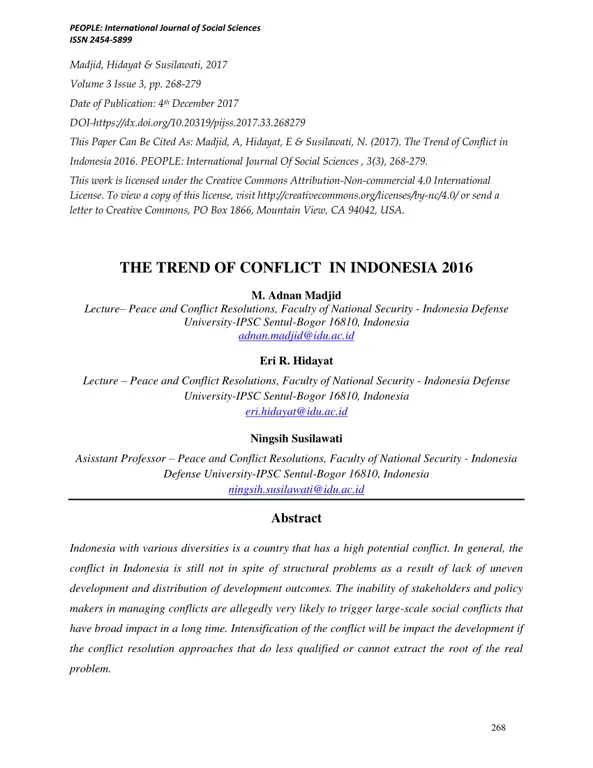
Payas lelunakan is closely linked to emotional intelligence (EQ). Individuals with high EQ excel at understanding and managing their own emotions and those of others. They are sensitive to nonverbal cues, readily build empathy, and effectively navigate negotiations and conflict resolution. Their ability to sense underlying emotions and respond appropriately is a key element of successful payas lelunakan. It’s about understanding the emotional landscape of the situation.
Moreover, cultural intelligence (CQ) is essential. Understanding diverse cultural values, norms, and customs allows for adapting payas lelunakan strategies to various contexts. This is particularly crucial in cross-cultural interactions, where differing values and perspectives can easily lead to misunderstandings and conflicts. A high CQ enables a more nuanced understanding of the dynamics at play, preventing misinterpretations and fostering greater understanding.
In complex and delicate situations, engaging a neutral third party (mediator or counselor) can prove immensely valuable. An experienced mediator facilitates communication, manages emotions, and guides the search for equitable solutions. Professional mediators possess expertise in negotiation and conflict-resolution techniques, increasing the likelihood of outcomes satisfying all involved parties. Their impartiality and expertise can be critical in navigating challenging situations.
In conclusion, payas lelunakan is a valuable and adaptable skill applicable across various aspects of life. By mastering its principles and techniques, we enhance our conflict-resolution capabilities, build stronger relationships, and create more productive and harmonious environments. It’s not simply a negotiation technique but an art of achieving agreements wisely and respectfully, considering cultural and emotional contexts. It’s about navigating the complexities of human interaction with grace and skill.
In today's interconnected and diverse world, the ability to apply payas lelunakan is more critical than ever. The capacity to manage complex interactions, bridging cultural and individual differences through understanding and skillful communication, is an invaluable asset. This skillset becomes particularly relevant in the face of global challenges demanding collaborative solutions. It’s a skill that is increasingly valuable in our interconnected world.
As we continue to learn and practice payas lelunakan, we strengthen relationships, resolve conflicts more effectively, and cultivate environments marked by collaboration, understanding, and mutual respect. It’s an ongoing journey of learning, adapting, and refining our approach to communication and conflict resolution, leading to more peaceful and productive outcomes. The mastery of payas lelunakan is a continuous process of growth and refinement.




